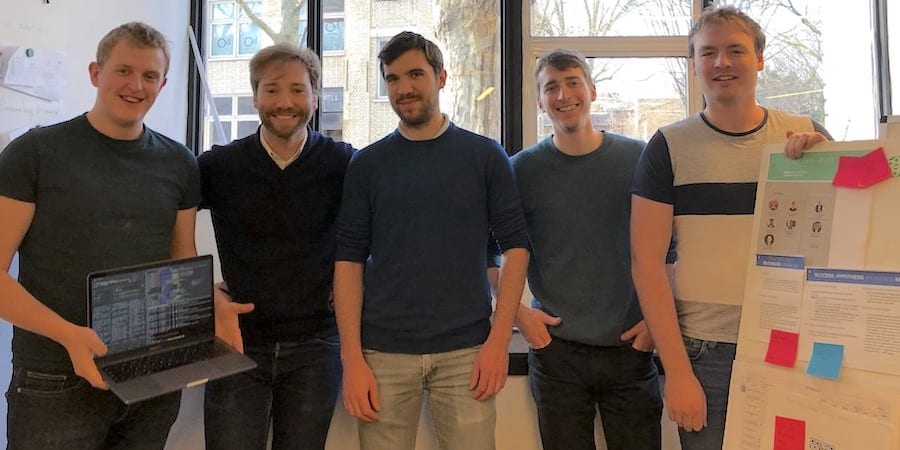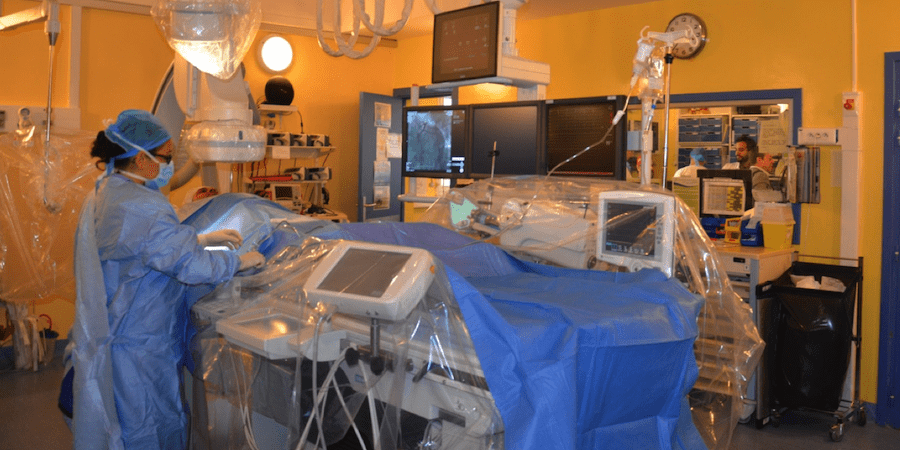
Local experience for a global endeavor
FEATURE – A former ops manager now responsible for improvement across IKEA looks back at what she learned in one of the company’s stores and explains how she hopes to take lean to the whole group.
Words: Inge Otten, Group Business Navigator, IKEA
These are interesting times for IKEA. The company is transforming from a cash-and-carry to an omnichannel retailer. Our margins for online channels (where we face more competition) are of course lower than they are when customers come and pick up items at one of our stores. To go beyond the reduction of operational costs and positively impact our bottom line, we understand it’s critical to double down on our efforts to become more efficient and address the failure cost associated to the services we provide.
I have recently started in a new role, as Group Business Navigator, but my previous position as operations manager in the Haarlem, Netherlands store gave me invaluable experience in tackling some of the failure-cost problems we see across the group. I believe the lessons my Haarlem team and I learned can help IKEA to trace a leaner path into the future.
As surely many of you have experienced over the past two years, the Covid-19 pandemic has opened our eyes to some of the biggest problems in our processes. When it first struck, all IKEA stores in the Netherlands closed. Suddenly, the only way for us to make any money was through Click & Collect: within a week, we went from 30 click-and-collect orders a week to around 1,000 a day. We had to quickly find ways to reorganize the process. In essence, we were trying to think lean without knowing it!
The opportunity to introduce lean came following a Black Belt training organized by Lean Management Instituut that I attended in the fall of 2020. The improvement A3 I worked on (a requirement for the successful completion of the course) focused on kitchen installation, a service IKEA offers that was costing us a lot of money. We had lots of mistakes in kitchen orders, a lack of communication between providers and the store, and insufficient capacity to book installations. We often had to visit a customer’s home three-four times before we were done setting up a kitchen!
Together with other co-workers in the store we managed to reduce our lead-time for installation by 2-3 weeks – partly thanks to a signaling system connected to HQ to ensure more capacity was made available when needed – and to reduce mistakes in kitchen orders by 30%. (With less aftersales services now required, we were able to save around €15,000.) The standardization we implemented applied to all kitchen orders, not just those with installation, which means that we improved the customer journey for all our kitchen customers (we receive around 5,000 kitchen orders each year).

The lean journey of the Haarlem store started there. Aided by A3 Thinking, we started to tackle more and more problems across the , from reducing the amount of sick leave (we cut it by 1.55%, by standardizing our response and improving our leaders’ ability to interact people calling in sick to try to understand how we could help them, rather than simply asking them when they’d be back at work) to changing the way we work with service providers.
Let me give you another example. One of our leaders worked on reducing loss and damage on our transport orders. To do that, she worked closely with the service provider, inviting their Quality Manager to visit our gemba and even joining drivers on one of their delivery routes. In the end, she was able to decrease loss and damage from 4.26% to 2.31%: that means that the number of customers losing a package each week went from 47 to 14! For IKEA, that means 1,700 customers a year, and around €90,000 in failure cost.
Later one, we began to work on our business plan for the following financial year and we integrated continuous improvement in it with the resolution of some key problems. That was a pivotal moment for our lean journey. The plan featured a whole section on long-term profitability, with a focus on creating a customer-centric culture and tackling the root cause of problems by ensuring right-first time in the services we sell (transportation, installation, etc). The main topics we concentrated on were co-worker interactions, ease of shopping, IKEA food experience, waiting times, and failure cost.
That’s when we started to provide leaders with a methodology and the tools to boost their problem-solving capabilities. A group of team leaders took part in LMI’s Green Belt training and, as part of it, each of them was asked to improve a process connected with a low score in customer satisfaction and high failure cost. Together with the training, we provided coaching on the floor. In time, people began to challenge each other to make improvement and understand problems in depth.
This is perhaps the biggest learning from my time at Haarlem: it’s easy to throw money at a problem, but it is much harder to look at it in depth before jumping to solutions.
GOING GLOBAL
IKEA is often perceived as a pretty lean company to begin with. Indeed, in purchasing and manufacturing, lean is already quite prevalent. In retail, however, it’s largely uncharted territory. So, I see a lot of opportunities there. One of our core values at IKEA is Renew and Improve. This couldn’t be more in line with Lean Thinking! Additionally, we have an underlying culture of senior leaders showing up on the shop floor to talk to people and understand the mechanics of the work.
Now that I am in a new role and tasked with closing the performance gap across the group through improvement, I have a unique opportunity to devise our approach to “renewing and improving”.
We have identified a couple of things we want to do: get a few case studies to show that lean is successful (we might use those from the Haarlem store for that), but also explore ways in which we can effectively capture knowledge and apply it across our 430 IKEA stores. Right now, we cluster stores depending on their characteristics and see what store performs best against a certain KPI to then mimic their practices elsewhere in the cluster. That often doesn’t work because each store’s circumstances are unique. Additionally, our culture at IKEA empowers people to take matters into their hands – which is great – but that leads to a lot of variation in how we manage the work. We are going to have to put emphasis on standardization if we are to improve, and that’s quite a challenge for us.
We are starting to see growing interest in lean in several countries, from Poland to Korea and the US. As the number of experiments grows across the company, we’ll hopefully be able to join the dots and lean out our overall approach. I am determined to teach people how to fish as opposed to giving them the fish: this will entail developing improvement capabilities across the board. For me, it was eye-opening to see how much more effective we can be in our resolution of problems if we follow the scientific method and then take that learning to inform the creation of a standard. The potential of doing this can be huge for our organization.
THE AUTHOR

Read more


BUILDING BRIDGES – Struggling to scale a new product past its MVP phase, Theodo tried a number of things before realizing that the only way to retain quality and speed is kaizen.


NOTES FROM THE GEMBA – On this gemba walk in the cardiology department of a Parisian hospital, the author discovers how the team is changing its internal dynamics and processes to make lean their way of thinking.


OPINION – Working on new product development without first assessing potential risks will almost certainly lead you to failure. Can you imagine the Wright brothers flying without having done preliminary studies on the feasibility of their idea?


FEATURE – The lean house can be seen as a blueprint for a transformation. But what happens when CEO or other senior leaders are not aligned with the vision expressed in the roof?

